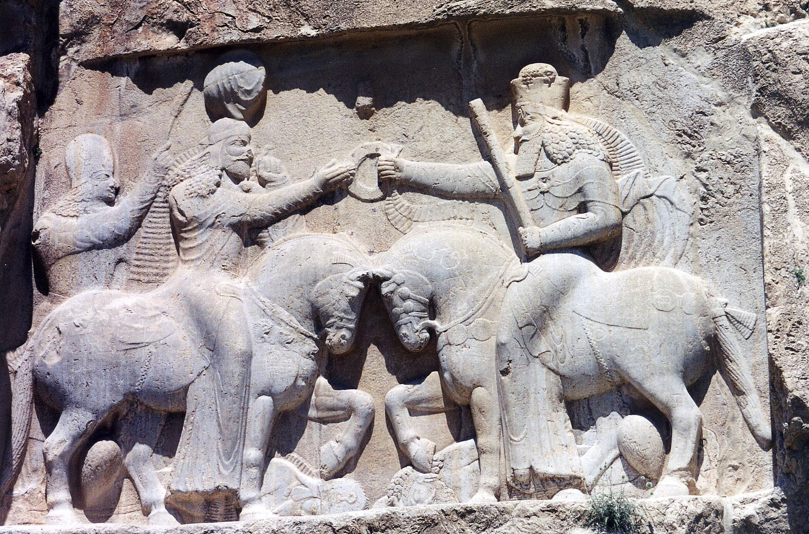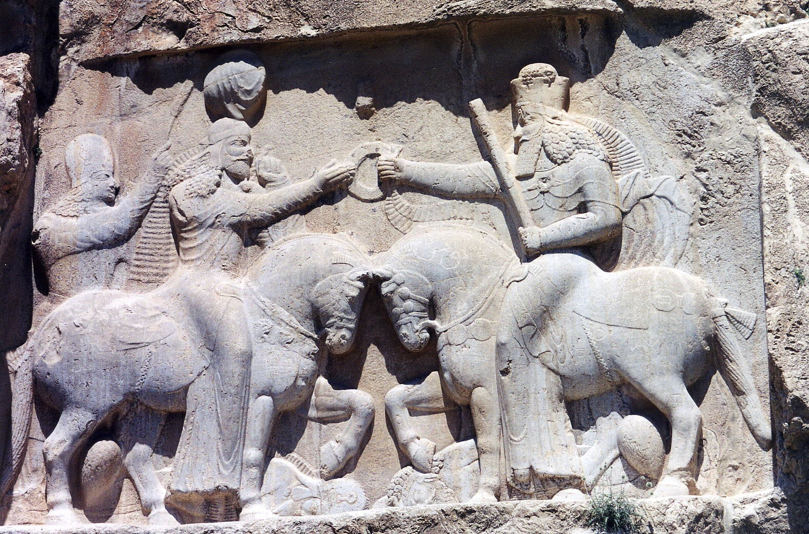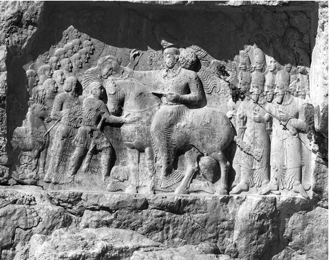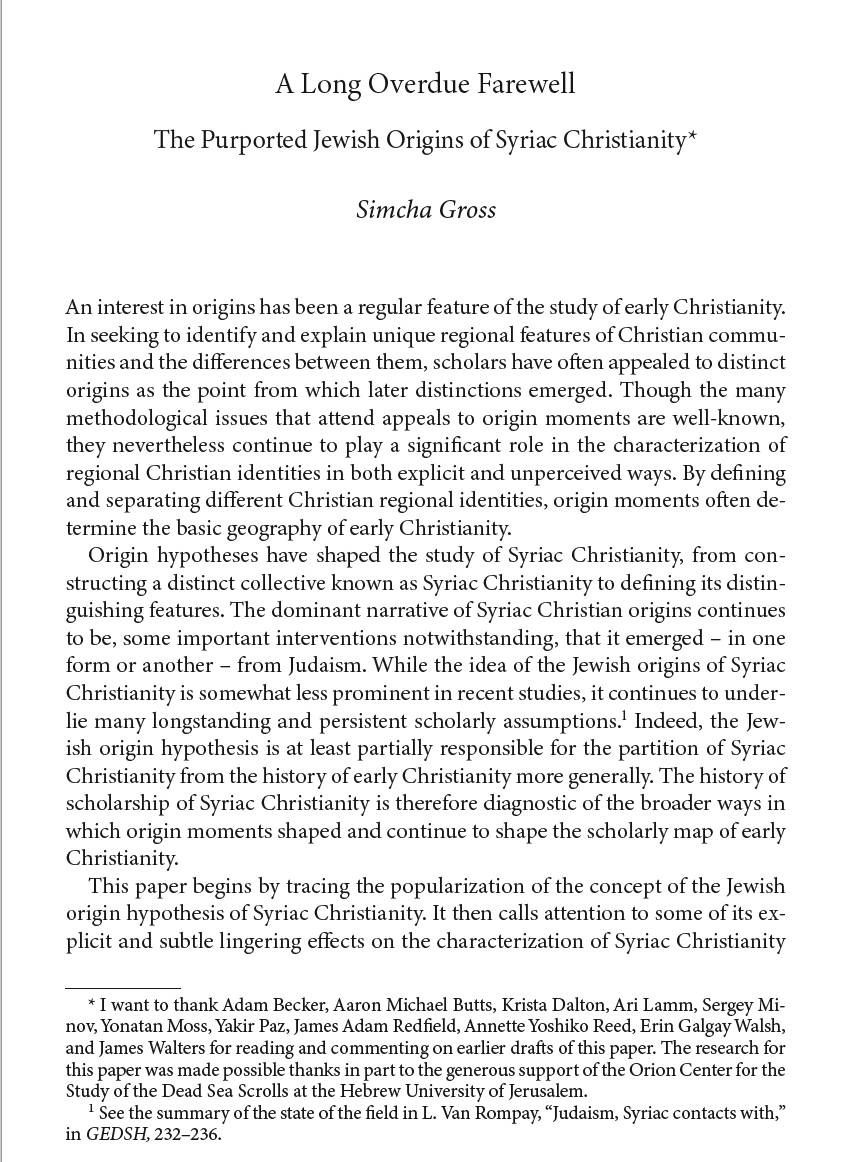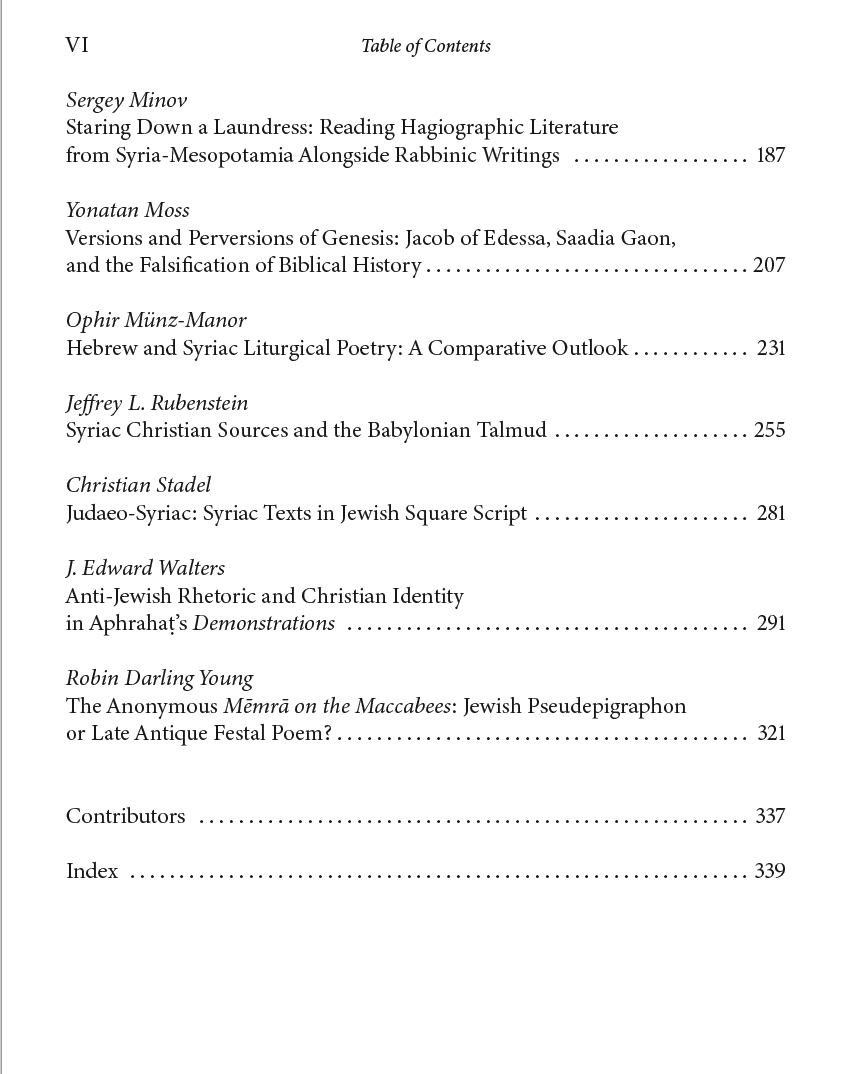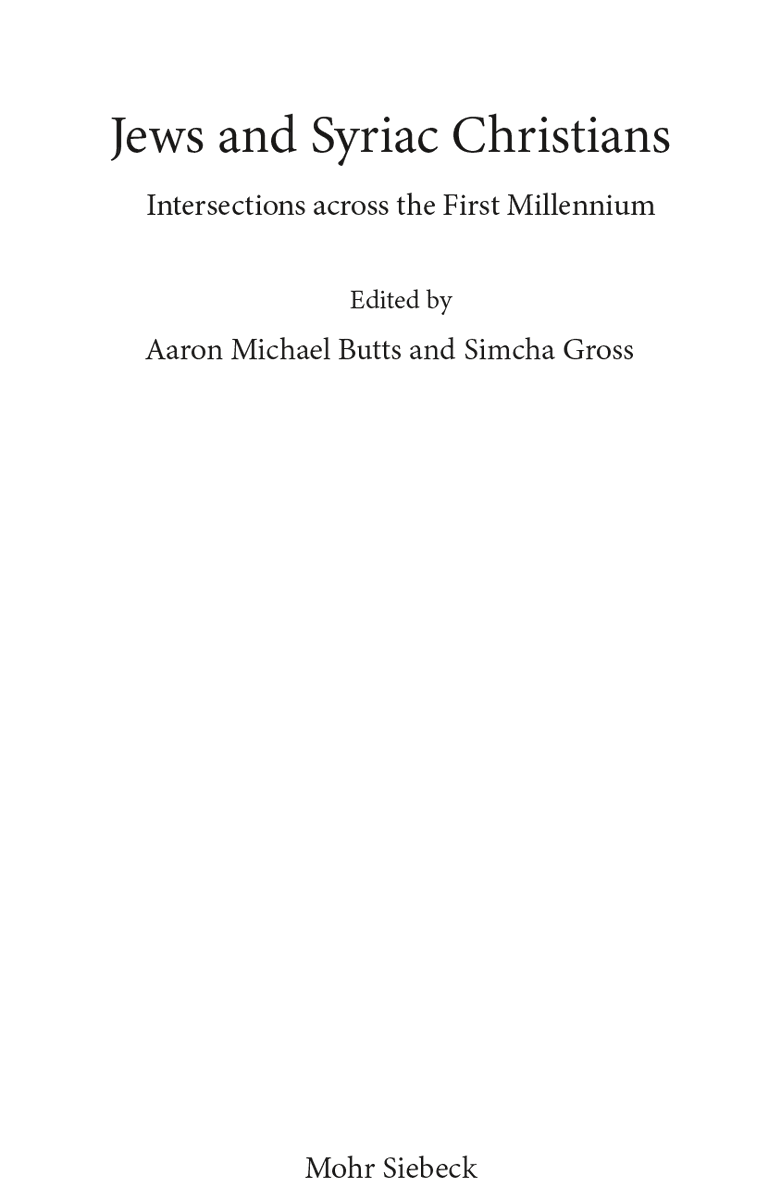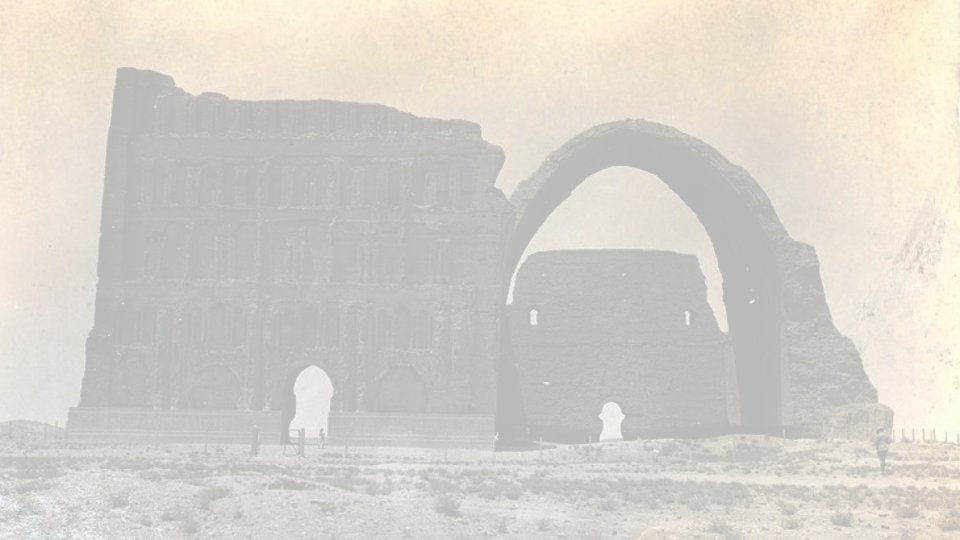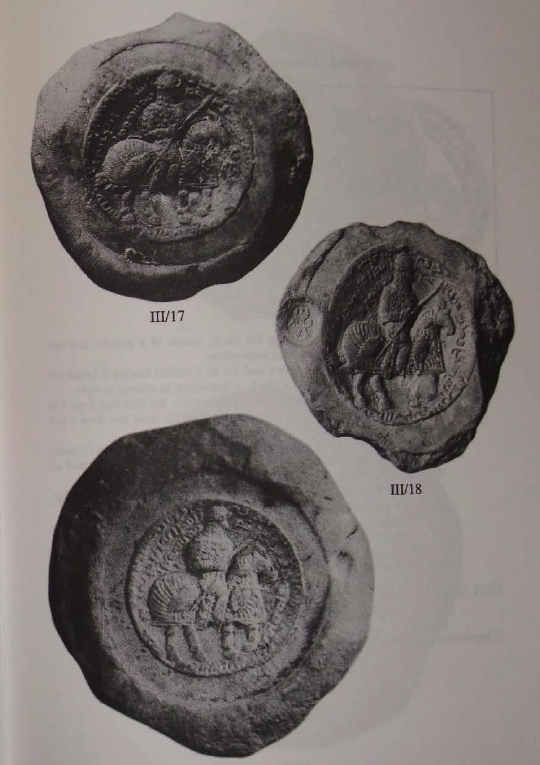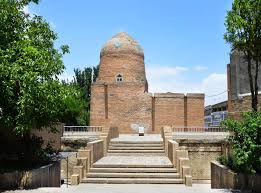
Finished Dune, & just learned that Frank Herbert’s messianic like figure, the Kwisatz haderach, was inspired by the Jewish concept of Kefitzat haDerekh (קפיצת הדרך), "shortening the way," miraculously speedy travel between distant lands. A short thread. 1/8
The concept first appears in rabbinic literature. It typically explains biblical episodes of travel which appear to transpire too quickly for the distance covered (b. Sanhedrin 95a-b): "Our Rabbis taught: For three did the earth shrink..." 2/
In the medieval period, some Jews believed it was still possible for saintly figures to "shorten the way". In this context, a famous medieval anecdote about a miraculously traveling rabbi developed as a foundation myth for the rabbinic Jews in Spain. 3
Some background: In the early medieval period, as Babylonian rabbinic teachings, authority, and texts spread around the Jewish world, Jewish communities developed stories that directly connected them to the Babylonian rabbis and Babylonian rabbinic center. 4
In Spain a story circulated that the academy head (i.e. Gaon) Rav Natronai miraculously traveled from Babylonia to them. The Catalan Judah ben Barzilai writes: "R. Natronai Gaon..came to [Spain] from Babylonia by "shortening the way." He taught them Torah and then returned." 5
When the story was told in a Babylonian academy, Hai Gaon (d. 1038) opposed it as a fiction: "..the Spaniard tradition about Natronai.. perhaps some impostor came to them and said I am Natronai, for had Natronai been famous for such activities I would have heard of it!" 6/
Intriguingly, a fifteenth century manuscript (NYPL ms. Heb. 190) with magical formulae includes a spell to "shorten the way for a one-year distance." Apparently the ability to "shorten the way" had entered practical magical handbooks. 7/ 

Here, as throughout the work, Herbert makes creative use of various religious traditions but is not bound by them - his use of “shortening of the way” refers not to the ability to travel in space, but in time, to see future potential eventualities. 8/fin
Thanks to @KristaNDalton for relaying the teachings of @akarjooravary, organized by @Historiographos.
Also, @cobbpasha !
Also, @cobbpasha !
For those interested in reading more, see the article here. jstor.org/stable/4075309…. 

• • •
Missing some Tweet in this thread? You can try to
force a refresh

